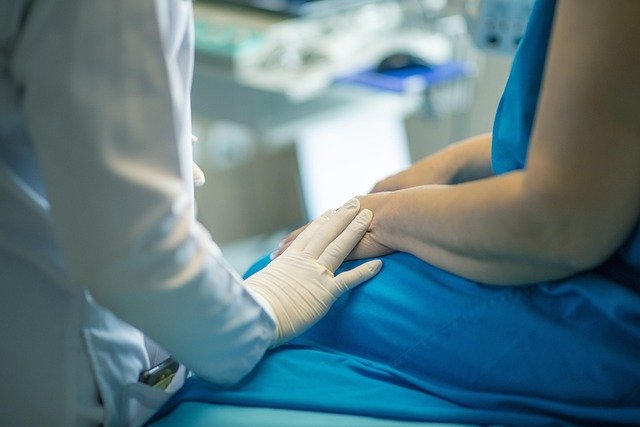Weight Loss Balloon: What to Know About the Procedure
A weight loss balloon is a non-surgical medical option designed to assist people with obesity who need help reducing calorie intake and changing eating habits. The device is a soft, inflatable balloon placed inside the stomach to occupy space, helping patients feel full sooner and eat less. It is intended as a temporary aid, used alongside dietary counseling, behavior change, and exercise. This article explains how the balloon works, who may be eligible, potential risks, and practical considerations for finding local services and discussing options with a healthcare professional.

This article is for informational purposes only and should not be considered medical advice. Please consult a qualified healthcare professional for personalized guidance and treatment.
What is a weight loss balloon?
A weight loss balloon is an intragastric device inserted into the stomach to reduce available volume and encourage earlier satiety. Typically made of medical-grade silicone or polymer, the balloon is introduced endoscopically through the mouth and then filled with saline or gas. It is temporary, usually left in place for six months to a year depending on the specific product and treatment plan. The goal is to provide a structured, time-limited intervention that supports dietary changes and helps patients establish new eating patterns that can be maintained after balloon removal.
How does the stomach balloon medical procedure work?
The procedure is usually performed by a gastroenterologist or bariatric specialist in an outpatient setting. Under sedation, the deflated balloon is inserted endoscopically and then filled to a prescribed volume to occupy part of the stomach. Some systems use a single balloon; others use dual balloons or adjustable designs to tailor the effect. After placement, patients typically follow a staged diet beginning with liquids and progressing to soft foods, combined with nutrition counseling. Removal is also endoscopic and typically shorter than placement. Because this is a minimally invasive intervention, recovery times are usually brief, but follow-up and lifestyle support are essential for durable results.
Who is suitable for balloon treatment for obesity?
Candidates for a stomach balloon are usually adults with a body mass index (BMI) that places them in the overweight to obese range for whom lifestyle interventions alone have been insufficient. Many programs require medical evaluation to rule out contraindications such as prior stomach surgery, certain gastrointestinal conditions, large hiatal hernias, pregnancy, or untreated psychiatric issues. A multidisciplinary assessment often includes medical history, psychological screening, and nutritional planning. The balloon is generally intended as a bridge for people who need help initiating weight loss or improving comorbidities and who can commit to follow-up care and behavior change after removal.
What are risks and side effects of a stomach balloon?
Common short-term effects include nausea, vomiting, abdominal discomfort, and reflux during the initial days to weeks after placement as the body adjusts. Most of these symptoms are managed with medications and dietary adjustments. Less common complications can include balloon deflation, migration, gastric ulcers, or obstruction; rare but serious events have been reported in the literature. Long-term weight maintenance varies and depends heavily on adherence to lifestyle changes. Patients need clear counseling on possible outcomes, the monitoring schedule, and emergency signs (for example, severe abdominal pain or persistent vomiting) that warrant immediate medical attention.
How to find local services and considerations for choosing care
When evaluating local services for a weight loss balloon, look for clinics with experienced gastroenterologists or bariatric teams that provide comprehensive pre- and post-placement support. Key considerations include the presence of nutritional counseling, psychological assessment, clear follow-up plans, and transparent discussion of risks and expected benefits. Ask about device types offered, who will perform placement and removal, and how complications are managed. Verify credentials and read peer reviews if available. Costs and availability vary by region and provider, so discuss insurance coverage, financing options, and whether the facility offers multidisciplinary support in your area.
Conclusion
A weight loss balloon is a temporary, minimally invasive medical procedure that can support weight loss by reducing stomach volume and promoting earlier fullness. It is most effective when combined with structured diet, behavioral therapy, and follow-up care. Suitability depends on individual health status and goals, and the procedure carries both common, manageable side effects and rarer serious risks. Decisions about this treatment should be based on thorough discussions with qualified healthcare professionals and an understanding of the required lifestyle commitments for lasting benefit.






